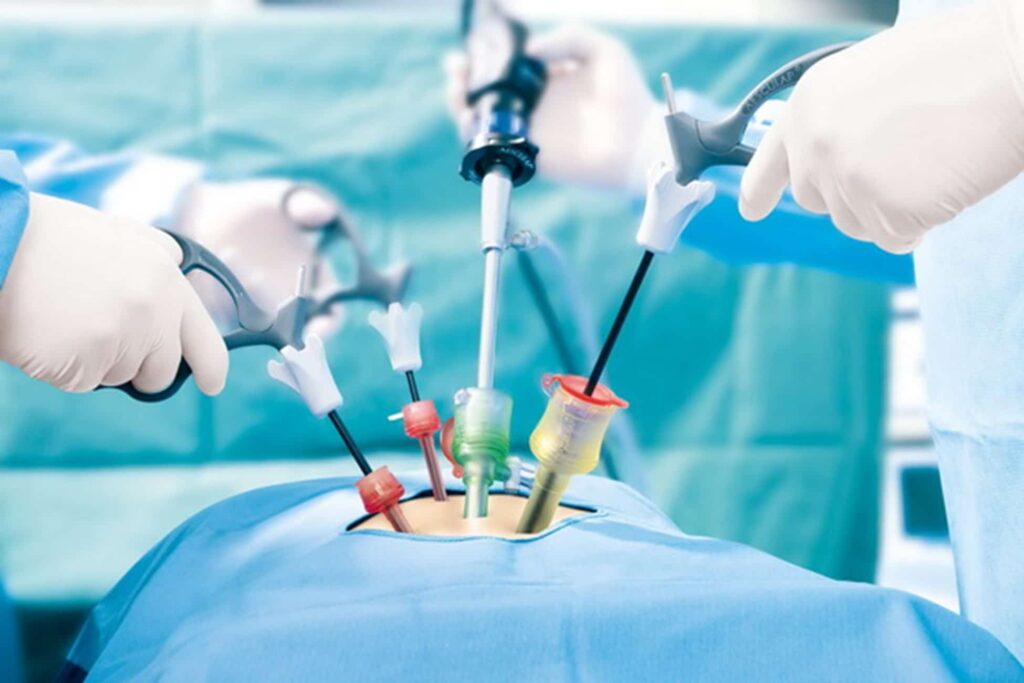
know About
Laparoscopic Surgery
Laparoscopic surgery, also known as minimally invasive surgery, is a cutting-edge technique used to address a variety of uterine abnormalities, including fibroids, endometriosis, and other related conditions. Fibroids, or uterine leiomyomas, are non-cancerous tumors that develop within the uterine wall. They can vary in size and number, and while they are often asymptomatic, they may cause symptoms such as heavy menstrual bleeding, pelvic pain, and pressure on the bladder or rectum.










